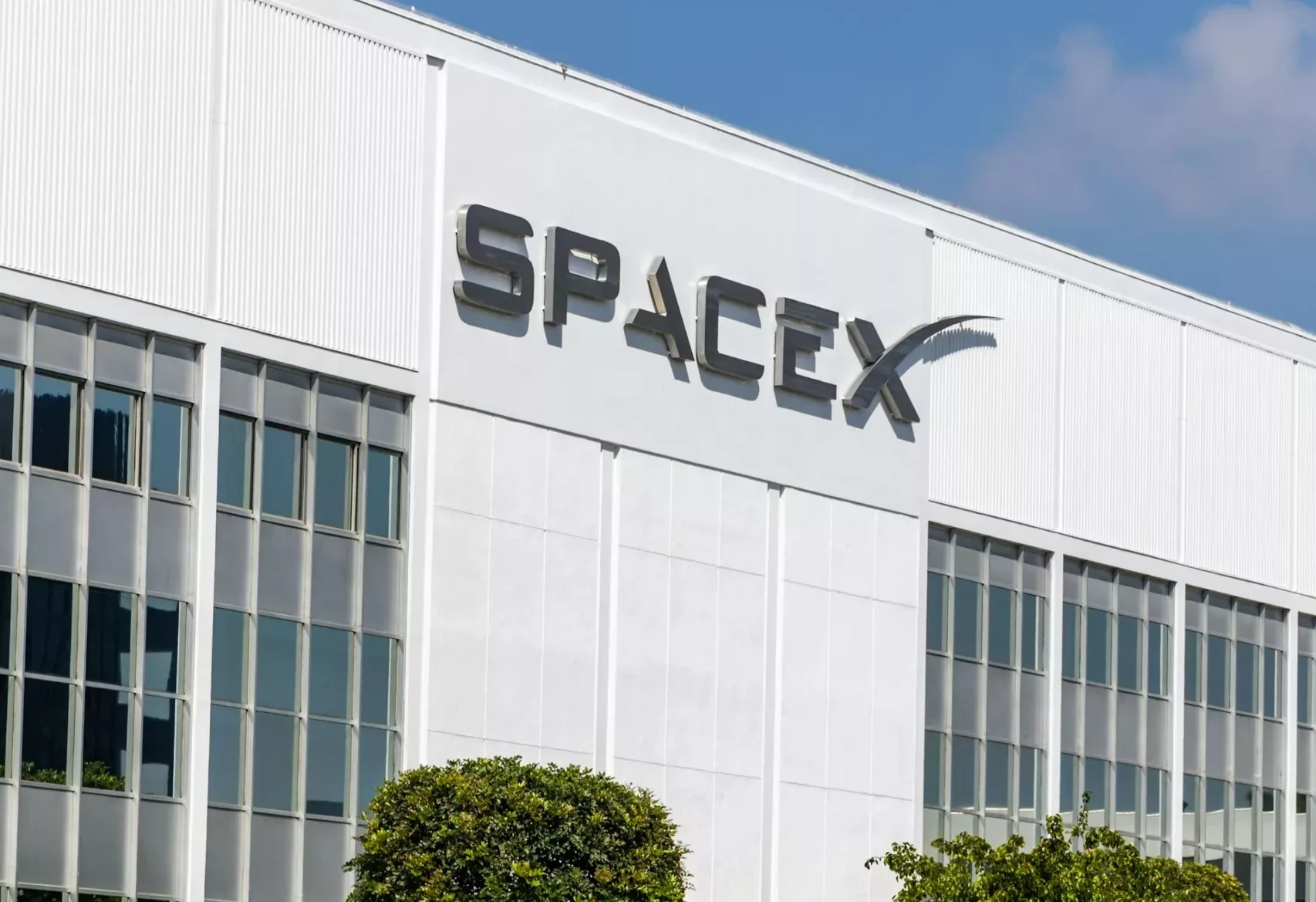Falcon 9s to Power Key U.S. Missions in 2026 and Beyond
In a monumental move for space exploration and defense, SpaceX has landed a staggering $733 million contract from the U.S. Space Force. This contract, which covers eight critical launches, is part of the U.S. government’s broader effort to maintain competition among launch providers. The awarded missions are slated to use SpaceX’s reliable Falcon 9 rockets, with launches projected to begin no earlier than 2026.
The contract falls under the U.S. Space Force’s Space Systems Command (SSC) and its expansive program known as “National Security Space Launch Phase 3 Lane 1.” With the growing demand for secure, cost-effective, and versatile space transportation, this award underscores SpaceX’s prominent role in the defense sector while also keeping the door open for future competition.
What’s in the Contract?
Out of the eight launches, seven are designated for the Space Development Agency (SDA) and one for the National Reconnaissance Office (NRO). The NRO launch, in particular, highlights the growing need for enhanced surveillance capabilities in space, while the SDA missions align with efforts to expand the U.S.’s space-based defense systems. As competition among space tech providers heats up, this award further cements SpaceX’s dominance in the arena of national security launches.
What is National Security Space Launch Phase 3 Lane 1?
The Space Force’s National Security Space Launch Phase 3 Lane 1 program is designed to support a wide range of national defense initiatives, particularly those involving lower-risk missions and near-Earth orbits. The contract is split into two key lanes:
- Lane 1: Focuses on lower-risk missions targeting near-Earth orbits, which SpaceX’s Falcon 9 is highly capable of handling.
- Lane 2: Concentrates on heavy-lift missions with more challenging orbital requirements, potentially opening doors for more advanced spacecraft in the future.
Although SpaceX has been a dominant force in both lanes, the inclusion of rivals such as United Launch Alliance (ULA) and Blue Origin signals the Space Force’s intent to diversify its launch providers. However, it’s worth noting that despite Blue Origin not yet having achieved orbit, the company has been selected to compete in Lane 1, raising eyebrows across the industry.
The Financials and Future Opportunities
The total value of the National Security Space Launch Phase 3 Lane 1 program is expected to reach a massive $5.6 billion over the next five years, providing plenty of opportunities for other space technology companies to participate. Although the contract currently favors SpaceX, the Space Force has made it clear that it anticipates “increasing competition and diversity” in the future, as stated by Lt. Col. Douglas Downs, SSC’s materiel leader for space launch procurement.
Companies vying for a share of this lucrative program will have a chance to bid for Lane 1 contracts on an annual basis, with the next opportunity coming in late 2024. New providers are expected to enter the race as the technology surrounding space launches evolves. This push for innovation and competition will undoubtedly heat up the space race, with new vehicles and launch technologies being developed by companies like Blue Origin, ULA, and even emerging startups.
Stay updated on Blue Origin’s New Shepard missions and their potential involvement in future U.S. defense projects at Blue Origin’s website.
SpaceX’s Growing Role in U.S. Defense
SpaceX’s partnership with the U.S. government is nothing new, but this latest contract solidifies the company’s pivotal role in future national security missions. The eight-launch contract adds to SpaceX’s impressive track record of delivering reliable and cost-effective launch services. The Falcon 9, known for its reusable design, is a perfect fit for the low-Earth orbit missions outlined by the Space Force.
This isn’t the first time SpaceX has won big with U.S. defense contracts. Earlier this year, the company was also selected to deliver a batch of Starlink satellites for military use. Starlink, SpaceX’s satellite internet constellation, is playing a crucial role in securing communications for troops stationed in remote locations. This dual-role—both in space exploration and defense—positions SpaceX as a critical asset for U.S. national security.
The Future of Space Launches: Competition Heats Up
While SpaceX may have secured this round, the future of national security space launches is far from settled. With the Phase 3 Lane 1 award period spanning from fiscal year 2025 to 2029, there’s ample time for new players to emerge and challenge SpaceX’s dominance. Companies like Blue Origin and ULA are working tirelessly to bring new launch technologies to the forefront.
Moreover, emerging players in the private sector are looking to develop innovative solutions that may one day compete with the likes of SpaceX. For now, SpaceX’s Falcon 9 remains the workhorse of U.S. government space missions, but the race to space is far from over.
Learn about other space competitors and their missions by visiting United Launch Alliance, and see how they compare with SpaceX’s cutting-edge tech.
Conclusion
SpaceX’s $733 million contract with the U.S. Space Force is just the latest milestone in a series of significant achievements that position the company as a leader in both space exploration and defense. With Falcon 9 poised to carry out several high-profile missions, SpaceX remains a critical partner for the U.S. government. However, with other competitors waiting in the wings, the future of national security space launches promises to be a hotly contested space race.


